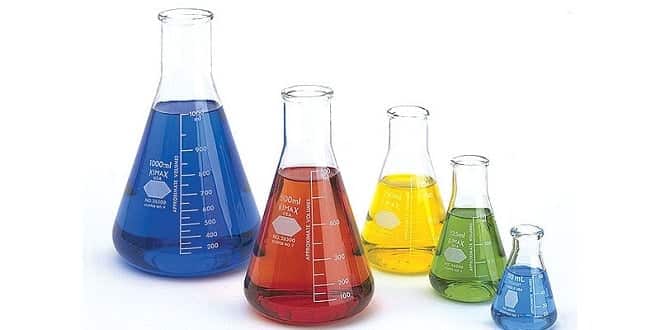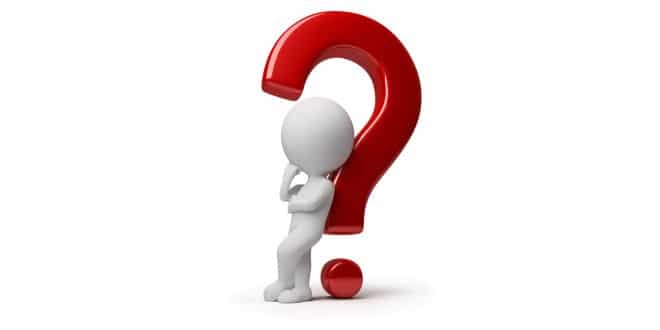Antiseptics and Disinfectants
ANTISEPTICS & DISINFECTANTS
-
Sterlization
-
Freeing of an article, surface or medium by removing or killing all micro-organisms including vegetative form of bacteria, spores, viruses, fungii
-
Disinfection
-
Destruction or inhibition of growth of all pathogenic organisms (bacteria, viruses, fungii) on non living surfaces
-
If spores are also killed process is Sterlization
-
Antiseptics
-
These are chemical substances which inhibit the growth or kill micro-organisms on living surfaces such as skin & mucous membrane.
Properties of good antiseptic/ disinfectant
1.Cidal
2.Non staining & good odour
3.Active against all pathogens
4.Active in presence of pus, blood & exudates
5.Rapid acting
6.Non irritating to tissues / non corrosive
7.Non absorbable
8.Non sensitizing/
-
Mechanisms of action of antiseptic and disinfectants
-
Oxidation of bacterial protoplasm
–Potassium permagnate, H202, Halogens
-
Co-agulation (denaturation) of bacterial proteins & disrupt cell membrane
–Phenols, chlorhexidine, alcohols, aldehydes
-
Detergent like action ↑ permeability of bacterial cell membrane
–Cetrimide, soaps
-
Classification
-
Phenol derivatives:
–phenol, cresol, hexachlorophene, chlorohexylenol (dettol)
-
Oxidizing agents:
–Hydrogen peroxide.
-
Halogens:
–Iodine, chlorine, chlorophores.
-
Biguanides:
–Chlorhexidine.
-
Quaternary ammonium:
–Cetrimide.
-
Phenol
-
Earliest used, reference standard
-
Protoplasmic poison,
–injures tissues & cells at high conc causes skin burn
-
MOA:
–denaturating bacterial protiens.
-
USES :
–To disinfect urine, faeces, pus, burns.
-
Extremely irritating, corrosive
-
CRESOL (Lysol)
-
Methyl Derivative of phenol, less damaging to tissues than phenol.
-
3-10 times more active
-
used for disinfection of utensils, excreta & for washing hands.
-
Chloroxylenol (Dettol)
-
Phenol derivative
-
Does not co-agulate proteins,
-
Non corrosive,Non irritating to skin
-
Commercial 4.8 % solution used for surgical antisepsis
-
Skin cream and soap: 0.8%
-
Mouth wash 1%
-
Hexachlorophene
-
Commonly incorporated in soap
-
Effectively only against Gm+ve
-
Slow but persistant action
-
>2% preparations banned
-
Oxidizing agents
-
Potassium permagnate:
– Purple crystals, highly water soluble, liberates oxygen which oxidizes bacterial protoplasm.
–Used for gargling, irrigating wounds, urethra (condy`s lotion diluted solution of 1:4000 to 1:10,000 )
–High conc cause burns
–It is also used to disinfect water in ponds.
–Stomach wash in alkaloidal poisoning
-
Oxidizing agents
Hydrogen Peroxide
–liberates nascent oxygen which oxidizes necrotic matter & bacteria.
–Helps in loosening & removing slough, ear wax etc.
Benzoyl Peroxide
–Widely used drug for acne.
–liberates O2 in presence of water which kills bacteria, specially anaerobes
-
Halogens
-
Iodine,
-
Iodophores,
-
Chlorine,
-
Chlorophores
-
Iodine
-
Rapidly acting broad spectrum (bacteria, fungi,virus)
-
Acts by iodinating and oxidizing microbial protoplasm.
-
Used for cuts, degerming skin before surgery.
-
Adverse effect: cause burns & blisters
-
Iodophores
-
Known as povidine iodine.
-
Non toxic, non staining prolonged action.
-
Used on boils, furunculosis, burns, ulcers, tinea, surgical srub, disinfecting surgical instruments, non specific vaginitis.
-
Chlorine
-
potent germicide. Kills pathogens in 30 sec. used to disinfect urban water supplies.
-
0.1 to 0.25 ppm
-
Cholorophores
(1) Chlorinated lime (bleaching powder)
–obtained by action of chlorine on lime.
–used to disinfect drinking water
(2) Sodium hypochlorite
– Powerful disinfectant used in dairies for milk cans.
–Too Irritant to be used as antiseptic.
–Root canal therapy in dentisry
-
Biguanides
Chlorhexidine: (Savlon)
– Acts by disrupting bacterial cell membrane & denaturation of bacterial proteins
– Non irritant ,more active against gram +ve bacteria.
–Used in for surgical scrub, neonatal bath, mouth wash & general skin antiseptic.
–Most widely used antiseptic in dentisry 0.12-0.2% oral rinse or 0.5 -1 % tooth paste
-
Quarternary ammonium antiseptics cetrimide
-
Detergents: Cidal to bacteria, fungi & viruses.
-
Act by altering permeability of cell membrane
-
Efficiently remove dirt and grease
-
Widely used as antiseptics & disinfectants for surgical instruments, gloves etc
-
Combined with chlorhexidine (savlon)
-
Soaps
-
Anionic detergents
-
Weak antiseptics with cleansing action
-
Washing with soap and warm water one of the most effective methods of preventing disease transmission
-
Affect only Gm+ bacteria
-
Alcohols
-
Ethanol
–Antiseptic, cleansing agent at 40-90% conc.
–Act by precipating bacterial proteins
– Irritant, should not be applied on mucous membrane, ulcers, open wounds.
-
Aldehydes (Formaldehyde)
-
Used for fumigation.
-
37 % aqueous solution called as formalin.
-
Protoplasmic poison , denaturates protiens.
-
Used for preserving dead tissues.
-
Use as antiseptic restricted due to bad odour & irritation
-
Glutaraldehyde is a better sterlizing agent
-
Acids
Boric acid
-
weak antiseptic , bacteriostatic.
-
used for mouth wash, irrigation eyes, glossitis.
-
Adverse effect: vomiting ,abdominal pain on systemic absorption.
-
Metallic salts
SILVER COMPOUNDS
-
Silver sulphadiazine is active against pseudomonas seen in burns patient.
-
Silver nitrate highly active against gonococci
ZN SALTS
-
Mild antiseptic, used as eye wash, ear drops.
-
Dyes
Gentian violet:
– Active against bacteria (gram + ve), fungi
–Used on chronic ulcers, furunculosis, bed sores, ring worms.
Acriflavine
–Active against gram +ve bacteria & gonocci
–suitable for chronic ulcers & wounds
–Do not retard healing, non irritant
-
Ectoparasiticides
-
These are drugs used to kill parasites that live on body surfaces
lice → cause pediculosis (hair infection)
mites → cause scabies(skin infection)
-
Drugs used are
(1) PERMETHRIN
(2) LINDANE
(3) BENZYL BENZOATE
(4) IVERMECTIN
(5) CROTAMITON
(6) SULFUR
-
Permethrin
-
Broad spectrum causes neurological paralysis in insects.
-
100 % cure rate nearly
-
Single application needed in most cases.
-
Few patients experience itching ,burning.
-
first drug of choice for scabies & pediculosis.
Scabies: apply all over the body except face & head . Wash after 8- 12 hrs.
Head louse: massage about 30 g in to scalp and wash after 10 min.
-
Lindane
-
Broad spectrum insecticide which kills lice and mites by penetrating their chitinous cover
-
Properties similar to permethrin.
-
Cure rate low & resistance seen.
-
Disadvantage: being lipid soluble CNS toxicity like vertigo , convulsions seen.
-
Application similar to permithrin.
-
combination with benzyl benzoate is more effective.
-
Benzyl benzoate
-
Oily liquid with aromatic smell.
-
Cure rate 76 – 100% ; second application required after 24 hrs.
-
Toxicity is low. Application similar to permethrin.
-
Use has declined due to skin irritation.
-
Contra indicated in children because of neurological symptoms & skin irritation.
-
combination with lindane highly effective.
-
Crotamiton
-
low cure rates
-
Better results if applied for 5 days in children
-
Less irritation and toxicity
-
May be preferred in children as second choice
-
Ivermectin
-
Anti helminthic drug which has been recently found effective against scabies & pediculosis.
-
A single 0.2 mg /kg ( 12mg in adults) has 91- 100 % cure rate.
-
Contra indicated in children < 5yrs , preganant & lactating women.
…




